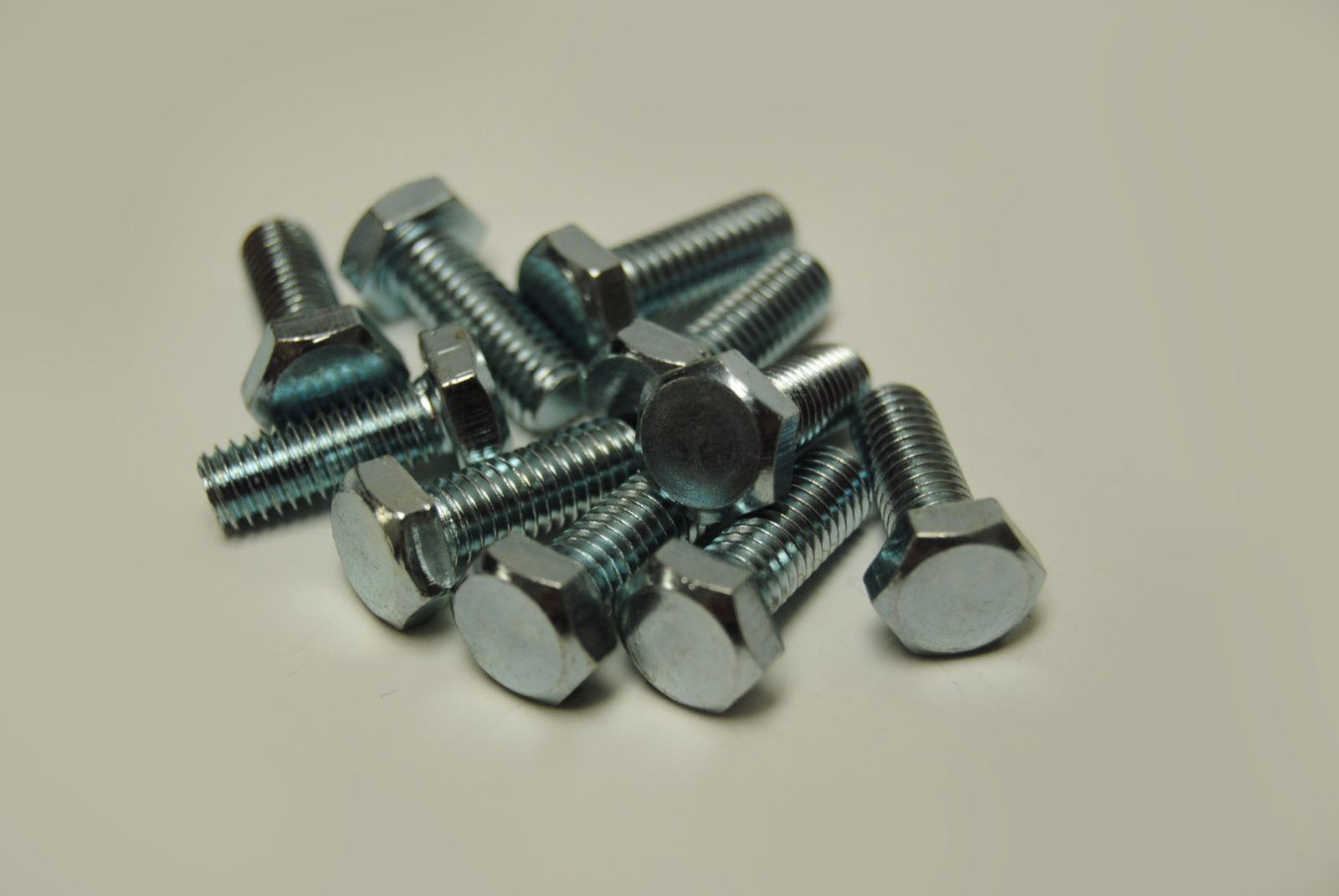Bolts come in a variety of shapes, sizes, and threads. Despite the wide range of available bolt types, most share key measurements and standards.
Look for line indentations or numbers on the bolt head to identify its strength grade. You should also be able to identify the full bolt size by its basic actual measurement, which correlates with its TPI or thread pitch.
Material
The material of bolts is one of the most important aspects that determine its strength and durability. Various types of metals are used for manufacturing bolts, each with different characteristics that affect their performance and reliability.
Zinc plated steel is a popular and economical bolt material. It offers moderate corrosion resistance and is ideal for indoor applications. It is easy to manufacture and has good tensile strength.
Stainless steel is another popular bolt material for its strength and durability. Its chromium content allows it to resist rust and corrosion, even when exposed to harsh chemicals. It is also relatively easy to manufacture and has hygienic properties, making it suitable for food preparation equipment. It is also an excellent choice for high-pressure connections. This is why it is used in conveyor belts, elevators and other industrial equipment.
Threads
In the United States, fasteners are sized by diameter and threads per inch (TPI). The first number in the screw callout indicates the diameter of the bolt; the second is the threads per inch.
The third and fourth numbers indicate whether the bolt has rolled or cut threads. Rolled threads have a smoother surface that increases strength and reduces fatigue; cut threads are rougher and have poorer wear resistance.
In addition to the standard UNC and UNF threads, there are fine, coarse and extra-fine thread types for different applications. Understanding these distinctions will help you determine which fastener is best for your project. MISUMI also offers metric threads, which follow a similar designation system. Learn about metric thread sizes here.
Thread Pitch
The thread pitch is the distance between the crests of the individual threads. A bolt with a fine thread has a smaller pitch than one with a coarse thread.
If the threads of a screw and nut have matching major diameters but differing pitches, they may still fit well as long as there are moderate non-negative clearances between the root and crest. Otherwise, the nut could be stripped by the screw’s tensile stress area.
A quick way to determine a thread pitch is to use a thread pitch gauge, which is inexpensive and easy to find in most hardware stores. Hold the gauge against the fastener, adjusting the leaves until they’re flush. Then read the number on the arm that matches the desired size.
Strength Grades
There are different strength grades for bolts, determined by the amount of stress they can bear before breaking. Bolts with higher grade designations tend to have higher tensile and yield strengths, elongation, and hardness. These attributes are often indicated by identifying markings on the bolt head.
For example, a bolt with three raised dashes indicates that it’s a grade 5. This bolt is made of medium carbon steel and has been heat treated to deliver superior strength.
Similarly, a class 10.9 bolt has an even stronger tensile strength and is rated for heavy-duty applications such as manufacturing machinery or bulldozers. The class number is typically displayed on the bolt head along with a symbol that signifies the manufacturer. This information makes it easy to select the right bolt for any given project.
Measurements
There are a few different measurements used to describe the size of a bolt. The first is the diameter, which is the measurement across the bolt head. The second is the length, which is the measurement from where the bolt shank meets the head to the end of the bolt. The final dimension is the thread pitch, which is the number of threads per inch (tpi).
To determine the diameter of a bolt, you can use a measuring tool such as a vernier or caliper. You can also use a bolt gauge to count the number of threads per inch. This information is necessary to identify the correct fastener for your job. This can help prevent a bolt from being tightened or removed incorrectly.Inch bolts




Leave a Reply